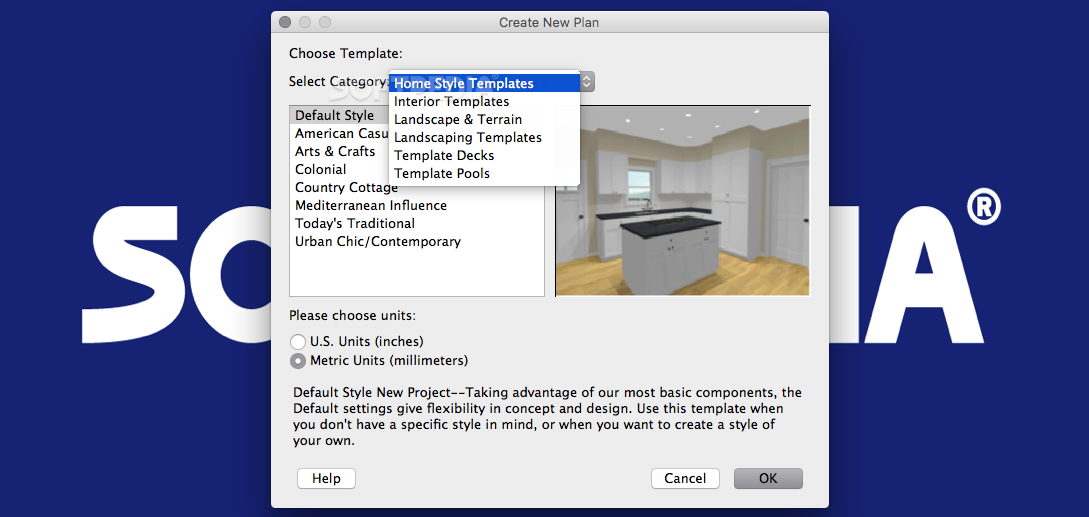
It is not unusual for architects also to be involved in the early stages of project feasibility, to help clients define a program, choose the site, and otherwise decide on highest and best uses. Still, echoes of the "Master Builder" remain, as architects are usually responsible for orchestrating and coordinating the work of many disciplines during the design phases. For instance, the United States Department of Labor defines architects as licensed professionals who transform space needs into concepts, images, and plans of buildings to be constructed by others. This specialist role now forms the basis of most widely accepted modern definitions of architectural practice. During the 19th and 20th centuries, the profession made conscious efforts to distance architects from contractors.

HOME DESIGNER ARCHITECTURAL 2012 REVIEW PROFESSIONAL
In pursuit of professional status, architects wanted no longer to be perceived as craftspersons. With the nineteenth century expansion of scientific knowledge, the evolution of other technically oriented disciplines such as engineering, and the corresponding introduction of more complex construction systems, the discipline of architecture became more focused on questions of basic functionality and aesthetics. Lewisīeginning in the seventeenth century, with the rise of professionalism, the discipline of architecture became increasingly specialized.

Lewis illustrates that architects balance ideas, form, and function. Lewis, p.149, from Architect? A Candid Guide to the Profession)
HOME DESIGNER ARCHITECTURAL 2012 REVIEW HOW TO
Construction was an integrated craft in which the master mason or master carpenter knew how to design, to assemble labor and materials, to estimate costs, to manage the construction process, and to erect structures from foundation to roof." In ancient, traditional cultures and languages, the same word was used for both architect and builder. Yet there have been architects for as long as societies have built, with little distinction between designers and builders. "The regulated profession of architecture is relatively new. Through antiquity, architecture and construction were united by the cultural intentions of a "Master Builder," who balanced art, science, materials, form, style and craft to achieve his vision. The modern profession of architecture echoes with its origins, its rich history, and the fast-paced changes of the 21st century.


 0 kommentar(er)
0 kommentar(er)
